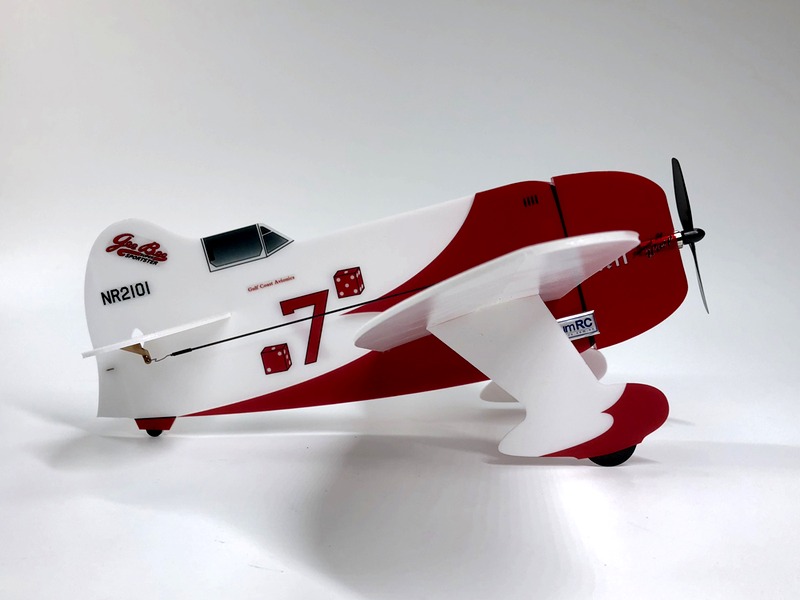Are RC planes hard to land?

Are RC planes hard to land?
The answer to this question depends on the type of RC plane you are flying and your experience level. For a beginner, landing an RC plane can be a challenging task. However, with practice and experience, it can become much easier.
RC planes come in a variety of sizes and shapes, and each type has its own unique characteristics. Smaller planes are usually easier to land than larger ones, as they are more maneuverable and have less inertia. Larger planes, on the other hand, require more skill and experience to land safely.
The type of terrain you are flying over can also affect the difficulty of landing an RC plane. If you are flying over a flat, open area, it will be much easier to land than if you are flying over a hilly or mountainous terrain. The wind can also be a factor, as it can cause the plane to drift off course and make it harder to land.
In addition to the type of plane and terrain, the skill level of the pilot is also a factor. If you are a beginner, it is important to practice landing in a safe environment before attempting to land in a more challenging environment. It is also important to understand the basics of aerodynamics and how to control the plane in order to land it safely.
Finally, the type of RC plane you are flying can also affect the difficulty of landing. Some planes are designed to be easier to land than others, so it is important to research the type of plane you are flying before attempting to land it.
In conclusion, the answer to the question of whether RC planes are hard to land depends on the type of plane, the terrain, the skill level of the pilot, and the type of plane. With practice and experience, it is possible to become proficient at landing RC planes.
Comments / Question
2. Check the wind direction and speed before landing.
3. Fly the plane at a slow speed and low altitude when approaching the landing area.
4. Make sure the landing gear is down and locked before touching down.
5. Land the plane on a flat surface and avoid landing on grass or other uneven terrain.
6. Use a spotter to help keep an eye out for any potential hazards.
7. Always keep your hands and fingers away from the propeller.
2. Belly Landing: This technique is used to land an RC plane by setting the plane down on its belly. This technique is often used when the plane is carrying a heavy load or when the runway is too short for a normal landing.
3. Glide Landing: This technique is used to land an RC plane by gliding in the direction of the landing strip. The pilot will reduce the throttle and allow the plane to glide in the direction of the landing strip.
4. Powered Landing: This technique is used to land an RC plane by using the engine to power the plane in the direction of the landing strip. The pilot will reduce the throttle and allow the plane to glide in the direction of the landing strip. The pilot will then increase the throttle when the plane is close to the landing strip to slow the plane down.

